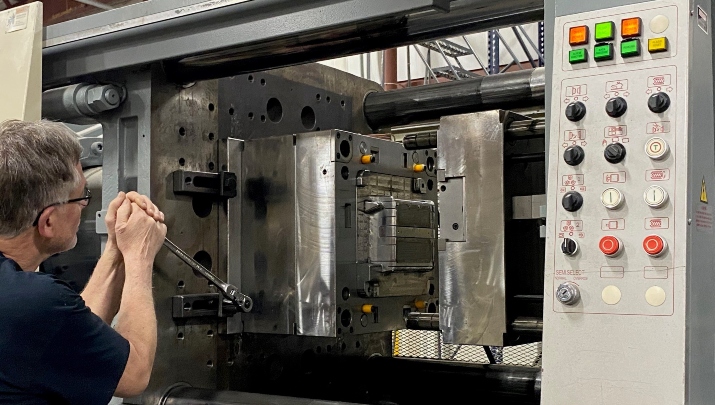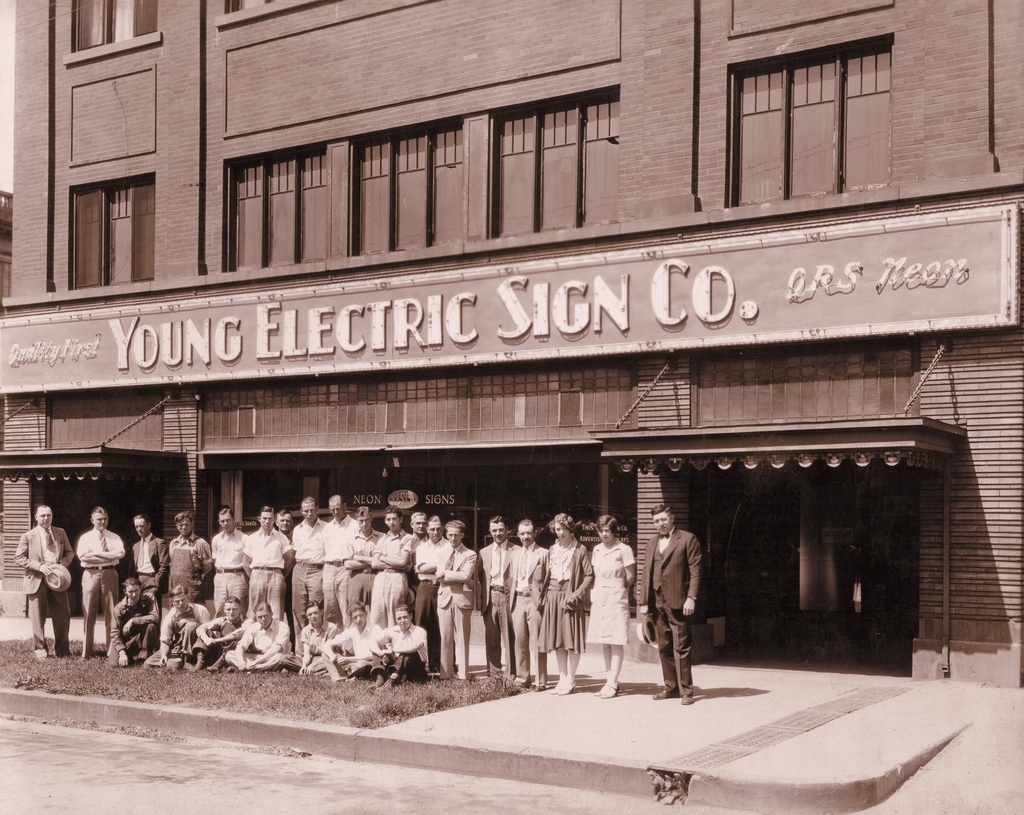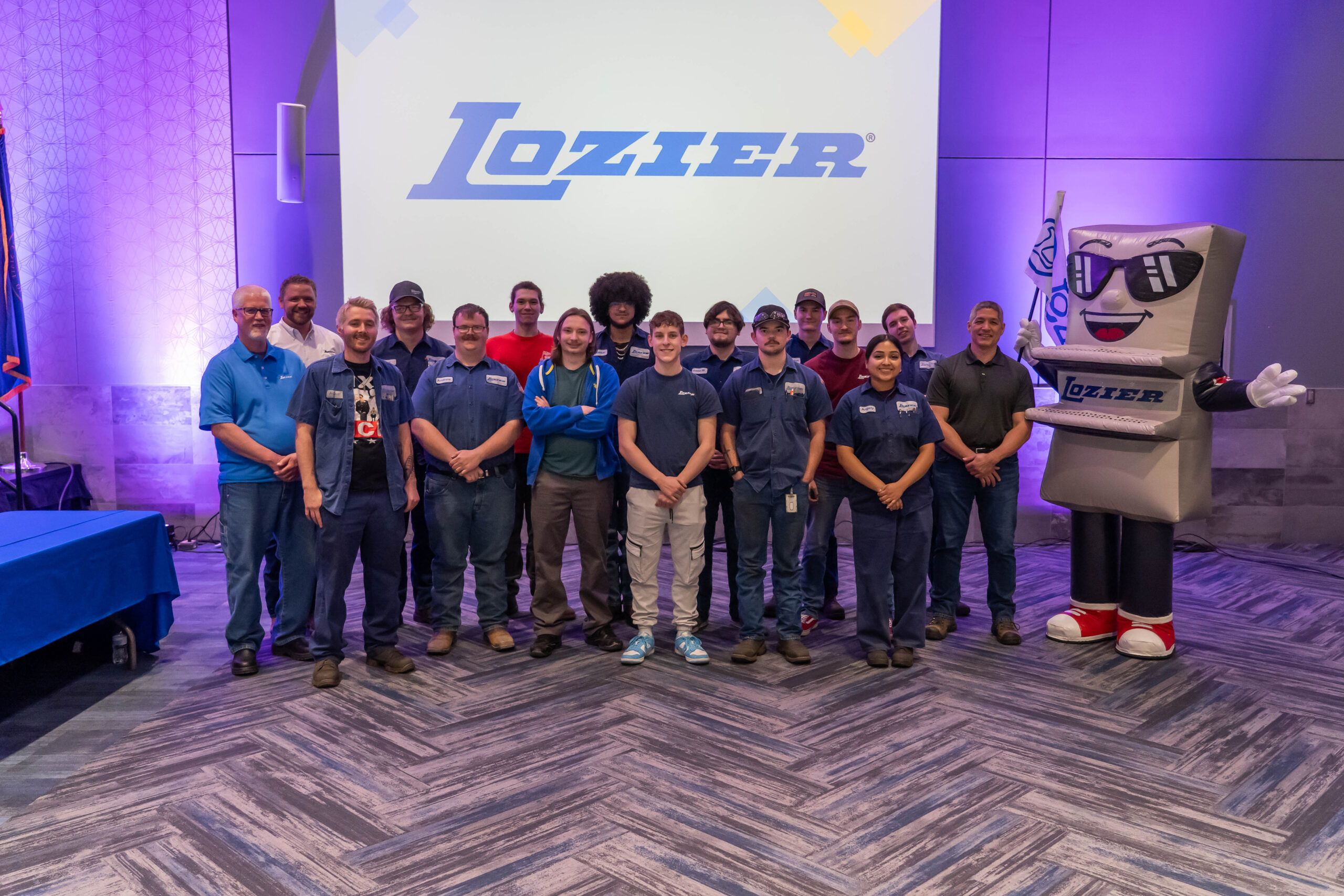
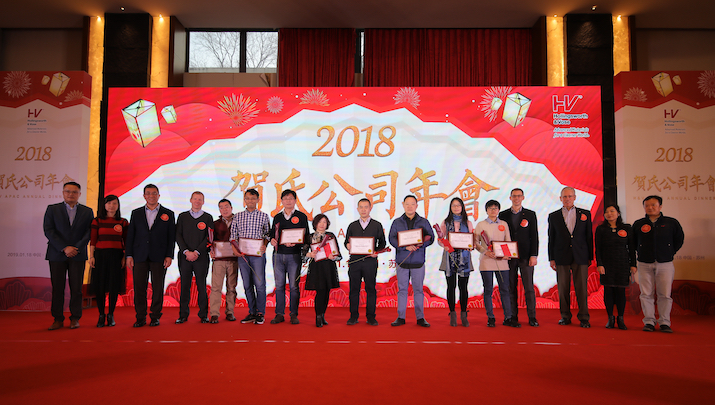
Building a 290-Year-Old Global Evergreen Family Business
- Valentine Hollingsworth
- Hollingsworth & Vose
[A note from Tugboat Institute: Please note the author’s postscript at the end of this article, in which he comments on the connection of this topic to the impact of the COVID-19 pandemic.]
When I joined our Evergreen® family business, Hollingsworth & Vose Co. (H&V) in the mid-nineteen seventies, we operated four plants in the U.S. Northeast. The company’s roots go back to the 1728 founding of a paper company in the colonial Province of Massachusetts Bay. The enterprise has continually evolved over seven generations. Today, we are a leading global producer of advanced materials for filtration and battery applications, operating thirteen plants in six countries.
Our successes and mistakes with global expansion have taught us a lot about what it takes to build successful manufacturing operations in other countries. This began with our first foreign plant in Apizaco, Mexico in 1981 and has continued throughout our expansion to the U.K., Germany, China, and, most recently, India. We found that our family company culture, values and long term, Evergreen perspective have helped us on this journey.
When our Suzhou, China plant was recently recognized as a “Best Place to Work” in the Greater Suzhou area (of about 10 million people), it provided the opportunity to reflect on the 15-year journey of building that team and the significant steps and consistent effort that have led to our long-term success in China.
We had been exporting to Asia for years and had numerous customer relationships, but we realized that we needed local operations and a strong local team to have long-term success. We explored acquiring or partnering with a Chinese business, but we were unsuccessful in finding the right opportunity and fit. By the early 2000s laws had changed in China to allow foreign companies to have wholly owned operations. So, we decided to build a greenfield factory in China with the objective of firmly establishing our company culture from the beginning.
Once we had made the decision to open in China, an early, important step was to tap one of our long-term, U.S.-based operating leaders to spearhead early recruitment and development efforts. A veteran employee with a deep understanding of our culture, Ken Fausnacht (now our VP of Global Operations) made over 50 trips to China in those early years, identifying and hiring key leaders who seemed most aligned to the long-term perspective and family culture that define our company. Ken also personifies the qualities of commitment and a genuine concern for people that is at the heart of the family oriented culture we wanted to establish and continually strengthen.
Our prior experience in China had shown us that our family-oriented culture provided a powerful advantage in recruiting value-aligned team members. The concept of family and heritage is really powerful in China. We knew that if we could tap into that by sharing our history and values as 270+ year-old, seventh-generation enterprise, committed to building close relationships founded on trust and open communication for the long-term, we could recruit a core team that would set the foundation of our culture.
It was critical to recruit employees committed for the long-term because the markets that we serve require deep, specialized knowledge and experience; if you don’t have people who are experts in the technology and application, it’s really hard to win the confidence of the end users. Sharing our history, our family ownership structure, and the culture that reflects this heritage was very helpful in attracting quality people who met our exacting criteria from the beginning.
A critical early hire, John Zhang, came as plant manager. He naturally understood and was aligned with the culture we wanted to build. He undertook hiring the original operations team and starting up the plant, which he continued to run as we added multiple production lines over the years. (He has since moved up to be the regional Managing Director for our overall Asia-Pacific business.) We were also really fortunate recruit a phenomenal HR director, Kathy Zhang, who still serves in the role today. John and Kathy understood the culture of H&V and worked to build the local version of it that would feel right in China and that they and their team would feel was their own.
Establishing that core Chinese team was important, as was our decision to bring in people from our U.S. operations, as well as some from Europe, many of whom committed to moving to China for several years to help launch the plant and establish our culture.
Having built that team, we worked to create strong lateral connections between China-based employees and their counterparts in our other global facilities. Phone and video conferencing, as well as a heavy travel and visitation schedule, consistently connected team members. Our finance people in the U.S., for instance, developed personal relationships with the finance people in Asia, and our technology people had similar lateral relationships. Over time, some Chinese employees applied for jobs in our U.S. plants, as well, creating additional ties. Those connections were, and remain, important to our success.
The work of creating a long-term, value-aligned team in a foreign country takes perseverance and patience. It does not happen overnight. For us, across all of our geographies, it remains a work in progress. But in the case of our Chinese plant, we have seen the result of that effort in the culture that has become imbedded and in our ability to continue to grow that value-aligned team.
I’m able to see our progress during regular trips to Suzhou, but our annual Chinese New Year celebration really highlights the culture the local team has created. The evening includes skits and costumes, and everyone—including me—participates. The first year we held the event, we gathered as one table of eight. Last year, the team filled almost 40 tables, and we had employees celebrating five-, ten-, and 15-year anniversaries. Last year, as I stood with John and Kathy, who were there from the early days, I found myself marveling at how far we’d come. It felt like family.
08.11.20 Postscript
Since the time of this article, the Covid pandemic has changed a lot for just about all of us. In addition to the challenges of the pandemic, H&V and our Asia Pacific Team suffered a very great loss. John Zhang, who is featured in the original article, suffered a fatal heart attack a short time ago. John was the Managing Director of H&V APAC and was one of the founders of that organization. A wonderful leader, he was instrumental in establishing a Chinese version of H&V’s family-oriented culture in China. He built a very strong team that, despite this great loss, will surely continue his good work.
For the overall company, our people have done well responding to the pandemic. Our teams have worked hard to keep our people safe while more than doubling the output of several critical products. In addition to all the normal protocols, we developed internal sources of face masks and hand sanitizer for our people, their families, and our retirees.
H&V is a major producer of the filtration materials used in N95 masks, surgical masks, medical breathing devices, test kits, HVAC, and Hepa filters. Our teams have expedited the commercialization of new mask and gown materials. We have also received government grants to help us further increase production of some of these critical products. As with most companies, this has been a very difficult time, with lots of worries and challenges, but also a time when we see many people doing their very best to help us all get through.
Valentine Hollingsworth is President and CEO of Hollingsworth & Vose.
More Articles and Videos
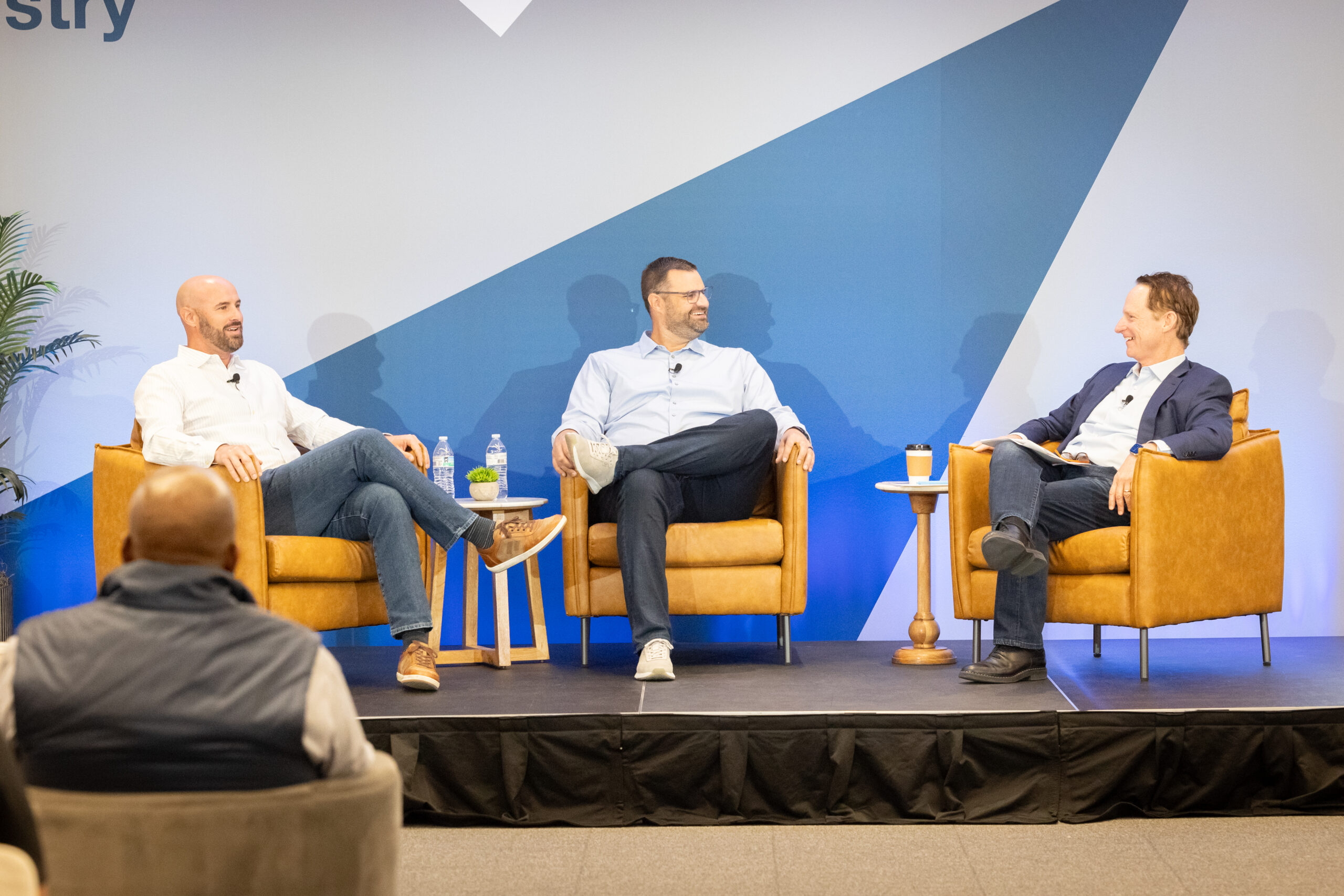
Fireside Chat with Dave Thrasher, Dan Thrasher, and Dave Whorton
- Dave Thrasher, Dan Thrasher, & Dave Whorton
- Supportworks and Thrasher Group

Get Evergreen insight and wisdom delivered to your inbox every week
By signing up, you understand and agree that we will store, process and manage your personal information according to our Privacy Policy
